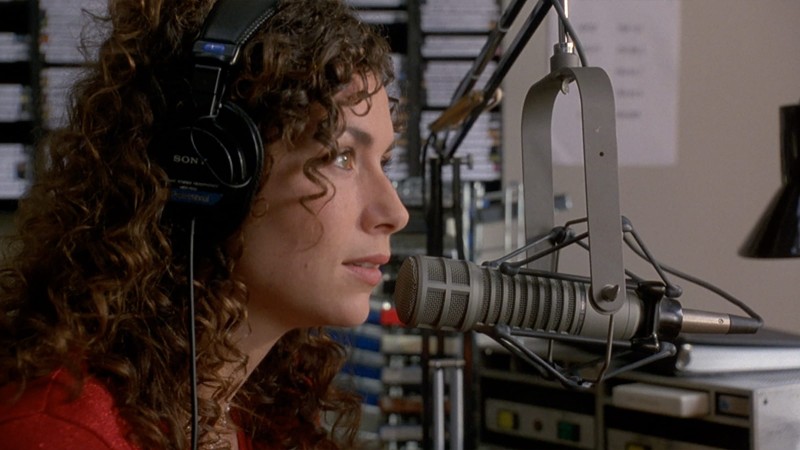Out of This World: Dash Shaw on Fantastic Planet

Best known for innovative graphic novels like Bottomless Belly Button and New School, artist and writer Dash Shaw has brought his vividly eccentric illustration style to the big screen with his debut feature, My Entire High School Sinking Into the Sea, which premiered at the New York Film Festival last year. Voiced by an all-star cast, including Jason Schwartzman, Susan Sarandon, Reggie Watts, and Lena Dunham, the film captures the joy and angst of adolescence through the prism of a disaster movie, charting the dynamics of friendship and young love at a high school in the aftermath of an earthquake.
If the film’s visuals at times call to mind another hallucinatory mind-bender, René Laloux’s 1973 sci-fi masterpiece Fantastic Planet, that’s no coincidence: Shaw has long revered the film for its mesmerizing crosshatched imagery and trippy narrative. With My Entire High School now playing in theaters, we’re sharing highlights from a chat we had recently with Shaw about the enduring influence of this animation classic.
Lasting Impressions
I first saw Fantastic Planet when I was about eleven years old. My dad, a former hippie, had a VHS copy of it. The cover had an image of people with monsters strapped to themselves. It was really like some kind of strange glowing talisman in his collection, this perfect beaming from some other sensibility—like it must have been made on a fantastic planet. It wasn’t related to any of the Saturday morning cartoons, and it wasn’t related to Disney. The movie was mainly designed by Roland Topor, this illustrator who drew in a moody illustrative style that’s very densely hatched, like he had maybe been looking at illustrations from the 1870s. But there was always a joke or some visual gag inside all this moody hatching.
Topor’s illustration books are hard to find in the U.S., so I really learned about him from this movie. But when I got a French publisher, I asked him to send all of the books that he could get his hands on. Topor’s graphic sensibility was felt across the entire movie; even though there were other people involved with it, its aesthetic is personal and singular.
Since I first saw it, I’ve watched it pretty frequently, and then when the Criterion edition came out I got it immediately, mainly for the extras. It was cool to see the Topor interviews because he has a demented cackle where you can tell he’s a genuine weirdo. He has these crazy eyes and kind of leans back and cackles. You get that there’s something off with this guy—and of course there has to be something off with the person who designed this movie.
More with Less
I really like this strain of limited animation—“limited” usually because the budget is so low that the filmmaker has to minimize the number of drawings. I always thought there was something really cool and beautiful about that specific zone of cartoons. I’m reminded of the very first Astro Boy, which was created by Osamu Tezuka. He was a cartoonist who wanted to compete with Disney but couldn’t get the money to do full squash-and-stretch animation, so he invented a way of communicating space with only a few drawings. A Charlie Brown Christmas is another example. Fantastic Planet also has this limited look—if a character moves his arm, you see a different kind of hatching on that arm as it’s moving, because the animation is built out of these few drawings. When I saw that as a kid, I thought, “This is the coolest thing.” You can watch the hatching change in this abstract, stoner-y way and just appreciate the drawings and the colors. It can work both as a story and as a trip. I hope my film feels that way.
Dreamy In-Betweens
A scene that immediately comes to mind when I think of this movie is when the characters go into a trance, and images of what they’re picturing appear on their heads. It’s super dreamy and kind of like a slideshow. The director made sure that the transitions from one drawing to the next were beautiful, that he could hover in that in-between space and it would be interesting.




